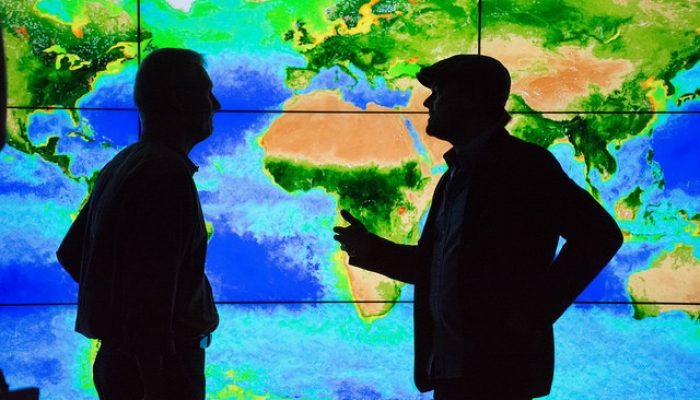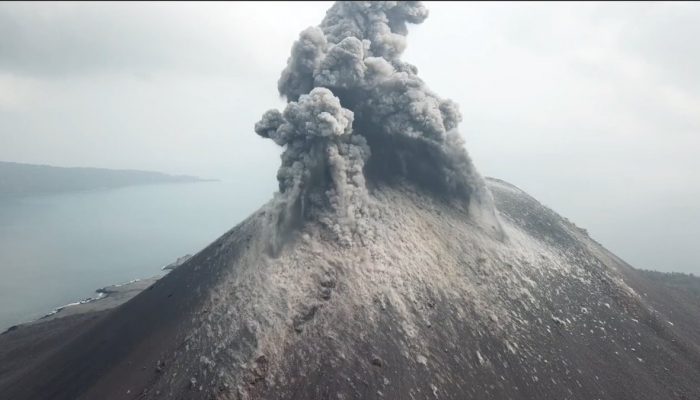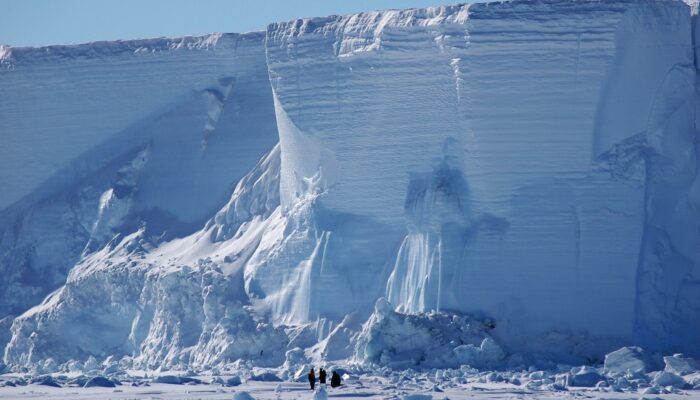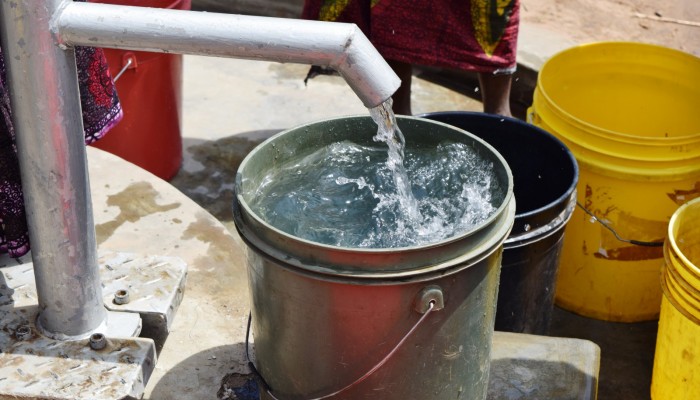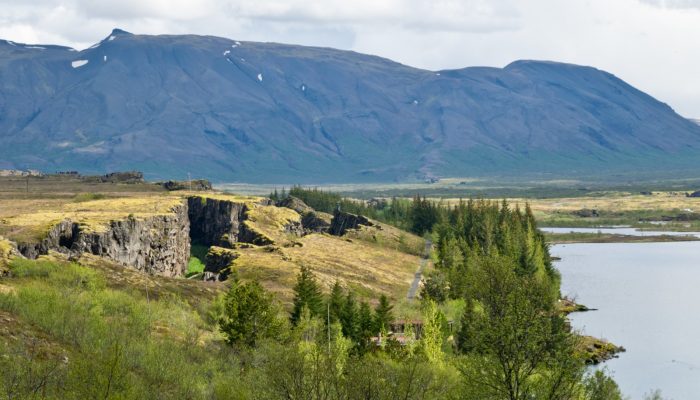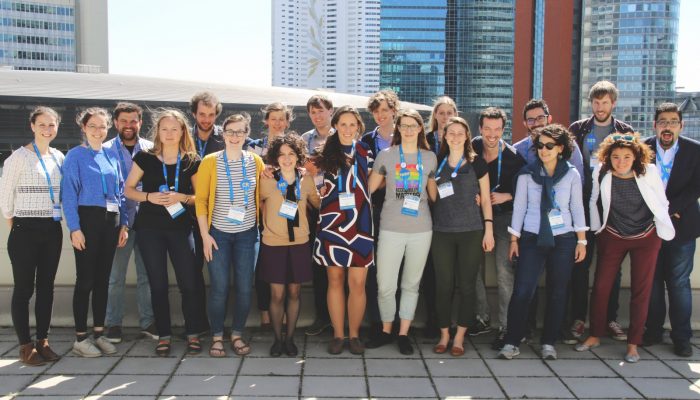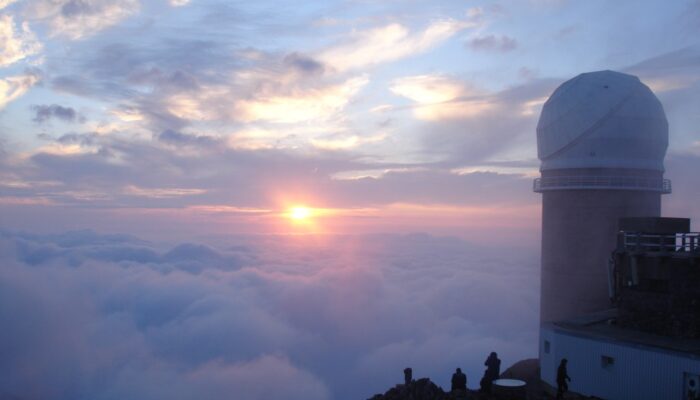Each month, Jesse Zondervan picks his favourite posts from geoscience and development blogs/news which cover the geology for global development interest. This past month’s picks include: Why it’s so hard to predict tsunamis, which climate adaptation methods are on the rise in 2019 & opportunities for scientists to solve local challenges with Thriving Earth Exchange. Plastic waste in t ...[Read More]
Natural Hazards
The collapse of Anak Krakatau volcano: a scenario envisaged
The volcano ID Krakatoa or Krakatau, in Indonesia, is part of the Ujung Kulon National Park, a UNESCO World Heritage property, and among the most (in)famous volcanoes in the world. From a geological point of view, it is part of the Indonesian island arc system generated by the north-eastward subduction of the Indo-Australian plate (Figure 1). Krakatau is now a caldera type of volcano thanks to the ...[Read More]
GeoLog
Imaggeo on Mondays: An iceberg-sized issue
This was taken during a study, undertaken by me and my colleagues, on the sea ice of McMurdo Sound, Antarctica. We designed the project to document how supercooled water carrying suspended ice crystals flows along its pathway towards the open ocean. Ultimately, this work aims to assess the Ross Ice Shelf’s contribution of local melt to the long-term trend of increased sea ice cover around Antarcti ...[Read More]
GeoLog
How to increase reproducibility and transparency in your research
Contemporary science faces many challenges in publishing results that are reproducible. This is due to increased usage of data and digital technologies as well as heightened demands for scholarly communication. These challenges have led to widespread calls for more research transparency, accessibility, and reproducibility from the science community. This article presents current findings and solut ...[Read More]
Cryospheric Sciences
Image of the Week – Delaying the flood with glacial geoengineering
As the climate is currently warming, many countries and cities are preparing to cope with one of its major impacts, namely sea-level rise. Up to now, the mitigation of climate change has mainly focused on the reduction of greenhouse gas emissions. Large-scale geoengineering has also been proposed to remove carbon from the atmosphere or inject aerosols into the stratosphere to limit the rise in tem ...[Read More]
Geology for Global Development
Geology for Global Development – Our Highlights from 2018 and Plans for 2019
We have a busy year ahead of us, helping to put sustainable development at the heart of geoscience events, training and practice, and advocating for the importance of geoscience in tackling global challenges. Here’s an overview of our plans, and some highlights from 2018. Geology for Global Development (GfGD) is a registered charity in England and Wales (Charity Number 1165663), working inte ...[Read More]
GeoLog
GeoTalk: Research reflections and lessons learned from Pinhas Alpert
GeoTalk interviews usually feature the work of early career researchers, but this month we deviate from the standard format to speak to Pinhas Alpert, professor in geophysics and planetary sciences at Tel Aviv University and recipient of the 2018 Vilhelm Bjerknes Medal. Alpert was awarded for his outstanding contributions to atmospheric dynamics and aerosol science. Here we talk to him about his c ...[Read More]
Tectonics and Structural Geology
Minds over Methods: Massively dilatant faults in Iceland – from surface to subsurface structures
In this Minds over Methods we don’t have one, but two scientists talking about their research! Michael Kettermann and Christopher Weismüller, both from Aachen University, explain us about the multidisciplinary approach they use to understand more about massively dilatant faults. How do they form and what do they look like at depth? Massively dilatant faults in Iceland – from surface to subsu ...[Read More]
GeoLog
Get involved: become an early career scientist representative
Early career scientists (ECS) make up a significant proportion of the EGU membership and it’s important to us that your voices get heard. To make sure that happens, each division appoints an early career scientists representative: the vital link between the Union and the ECS membership. After tenure of two or four years, a few of the current ECS Representatives are stepping down from their post at ...[Read More]
GeoLog
Imaggeo on Mondays: A pink and blue evening
At sunset, the light travels a longer path in the atmosphere to reach our eyes than when the sun is high in the sky. At this time of the day, the light is more subject to scattering, as it interacts with more air (molecules and particles) before reaching our eyes, which explains why the sun is much less luminous and can be observed directly without being dazzled. The sun appears redder because amo ...[Read More]

